Quantum-Secure
Zero Trust Architecture

Overview
Zero Trust Security architecture represents a fundamental shift in cybersecurity strategy, emphasizing that no entity, whether inside or outside the organization, should be trusted by default. In the modern cyber age, where perimeter defenses have become insufficient due to the rise of cloud computing and increasingly sophisticated cyber threats, Zero Trust is crucial for protecting sensitive data and assets. This architecture focuses on rigorous identity verification, continuous monitoring, and strict access controls across all users, devices, and applications, irrespective of their location. The main pillars of Zero Trust include Identity and Access Management (IAM), which ensures only authenticated users have access; Network Segmentation, which limits lateral movement within the network; Endpoint Security, which safeguards all devices connected to the network; and Data Protection, which involves encryption and data loss prevention strategies. As organizations prepare for emerging threats posed by AI and quantum computing, implementing a Zero Trust framework is essential to bolster defenses and mitigate risks effectively.
Did you you?
80% of organizations are implementing Zero Trust architecture
76% of IT professionals view Zero Trust as essential for cloud data protection
50% report reduced security breaches through Zero Trust access controls
90% believe Zero Trust enhances overall security posture and compliance
60% state it mitigates risks from remote work
70% plan to increase Zero Trust investments next year
40% experience quicker incident response due to improved visibility
Challenges
Complex Implementation: Implementing Zero Trust requires significant changes to existing infrastructure, which can be complex and resource-intensive
Integration Difficulties: Integrating various legacy systems and security tools into a cohesive Zero Trust framework poses compatibility challenges(
Cultural Resistance: Employees may resist changes to access protocols and increased scrutiny, hindering adoption
Resource Intensive: Establishing a Zero Trust architecture demands substantial investment in technology, training, and ongoing maintenance
Skill Shortage: The lack of skilled professionals familiar with Zero Trust principles complicates implementation and management
Continuous Monitoring Needs: Maintaining effective continuous monitoring and enforcement of policies can overwhelm security teams
Data Privacy Concerns: Striking a balance between strict access controls and user privacy remains a significant challenge
Solutions & Technologies
Proven Methodologies for Quantum-Safe Zero Trust Architecture:
Cryptographic Agility: Implement cryptographic systems that can easily switch to quantum-resistant algorithms as they become available.
Identity-Centric Security: Focus on strong Identity and Access Management (IAM) with multi-factor authentication (MFA) and continuous verification.
Least Privilege Access: Enforce the principle of least privilege, ensuring users and devices only have access to necessary resources.
Micro-Segmentation: Break down networks into smaller segments to minimize lateral movement in case of a breach.
End-to-End Encryption: Use quantum-safe encryption across all data channels, both at rest and in transit.Continuous Risk Assessment: Regularly assess risk through AI and machine learning, identifying anomalies and adapting access controls accordingly.
Key Technologies for Quantum-Safe Zero Trust:
Quantum-Resistant Encryption: Deploy encryption algorithms designed to resist quantum computing attacks, such as lattice-based or hash-based cryptography.
Public Key Infrastructure (PKI): Ensure PKI systems are quantum-resistant for secure digital certificates and identity verification.
IAM & MFA: Use advanced IAM solutions with biometrics and MFA to enhance security.
Zero Trust Network Access (ZTNA): Use ZTNA technologies to control access on a per-user and per-device basis.
Cloud-Native Security: Deploy security solutions that are optimized for cloud environments, with integrated quantum-safe encryption.Behavioral Analytics: Leverage AI-driven behavioral analysis tools to monitor and respond to anomalies in real time.
Benefits
Business Benefits of a Quantum-Safe Zero Trust Architecture:
Future-Proofing Against Quantum Threats: Protects sensitive data from future quantum-based attacks, ensuring long-term business resilience
Regulatory Compliance: Meets evolving regulatory requirements by adopting advanced cryptographic standards, reducing the risk of penalties
Enhanced Customer Trust: Builds confidence with customers and partners by demonstrating proactive security measures against emerging threats
Reduced Breach Costs: Minimizes potential breach-related expenses by enforcing stricter access controls and encryption
Operational Continuity: Reduces downtime and disruption during cyberattacks by isolating threats with micro-segmentation and rapid incident response
Technological Benefits of a Quantum-Safe Zero Trust Architecture:
Stronger Encryption: Protects data with quantum-resistant algorithms, safeguarding against future quantum decryption
Comprehensive Security: Combines IAM, encryption, and network segmentation to secure all endpoints and assets across cloud and on-premise environments.
Improved Scalability: Easily adapts to growing infrastructure needs while maintaining strict security controls.
Advanced Threat Detection: Uses AI/ML for real-time monitoring, anomaly detection, and adaptive access control.
Seamless Cloud Integration: Optimized for cloud environments, ensuring secure data flow and access controls across hybrid systems.
QuCypher Approach
Discovery and Strategic Alignment: Assess current security posture, align Zero Trust goals with business objectives, and secure stakeholder buy-in.
Design and Architecture: Develop a scalable, quantum-safe Zero Trust architecture tailored to organizational and industry needs.
Deployment and Integration: Implement prioritized solutions, integrate with existing systems, and automate key security operations.
Optimization and Maturity: Refine policies, expand automation, and scale the program to ensure long-term efficiency and resilience.
Continuous Risk Assessment and Management: Monitor emerging threats, update cryptographic defenses, and conduct regular audits to maintain resiliency.
Relevant Insights

